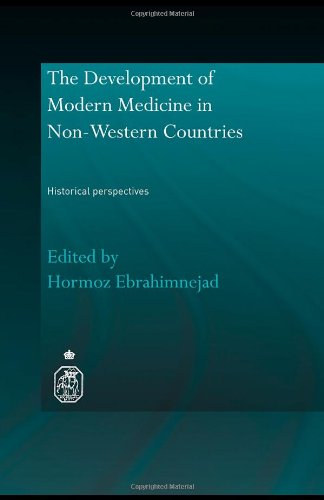

Most ebook files are in PDF format, so you can easily read them using various software such as Foxit Reader or directly on the Google Chrome browser.
Some ebook files are released by publishers in other formats such as .awz, .mobi, .epub, .fb2, etc. You may need to install specific software to read these formats on mobile/PC, such as Calibre.
Please read the tutorial at this link: https://ebookbell.com/faq
We offer FREE conversion to the popular formats you request; however, this may take some time. Therefore, right after payment, please email us, and we will try to provide the service as quickly as possible.
For some exceptional file formats or broken links (if any), please refrain from opening any disputes. Instead, email us first, and we will try to assist within a maximum of 6 hours.
EbookBell Team

4.3
18 reviewsThe history of medicine in non-European countries has often been characterized by the study of their native ''traditional'' medicine, such as (Galenico-)Islamic medicine, and Ayurvedic or Chinese medicine. Modern medicine in these countries, on the other hand, has usually been viewed as a Western corpus of knowledge and institution, juxtaposing or replacing the native medicine but without any organic relation with the local context.
By discarding categories like Islamic, Indian, or Chinese medicine as the myths invented by modern (Western) historiography in the aftermath of the colonial and post colonial periods, the book proposes to bridge the gap between Western and 'non-Western' medicines, opening a new perspective in medical historiography in which 'modern medicine' becomes an integral part of the history of medicine in non-European countries.
Through essays and case studies of medical modernization, this volume particularly calls into question the categorization of вЂWestern’ and вЂnon-Western’ medicine and challenges the idea that modern medicine could only be developed in its Western birthplace and then imported to and practised as such to the rest of the world. Against the concept of a вЂproject’ of modernization at the heart of the history of modern medicine in non-Western countries, the chapters of this book describe вЂprocesses’ of medical development by highlighting the active involvement of local elements. The book’s emphasis is thus on the вЂmodernization’ or вЂconstruction’ of modern medicine rather that on the diffusion of вЂmodern medicine’ as an ontological entity beyond the West.